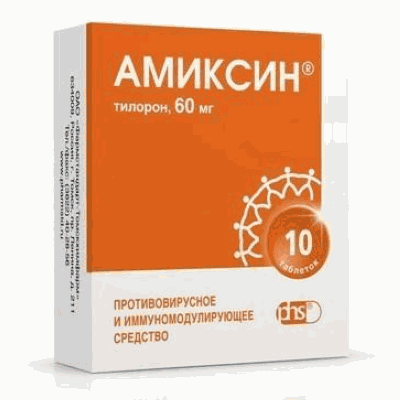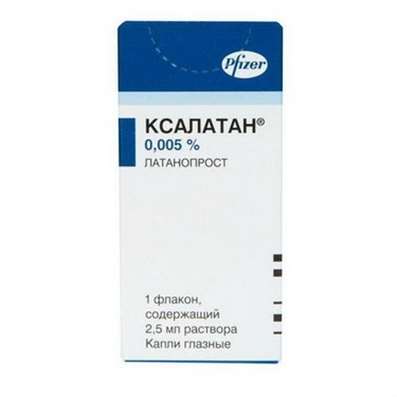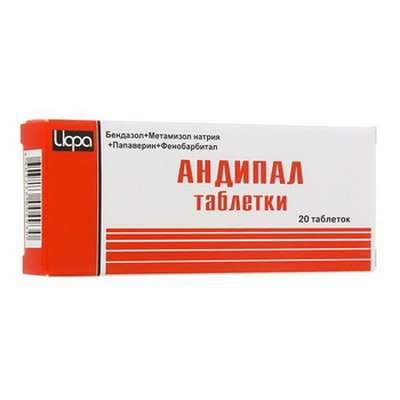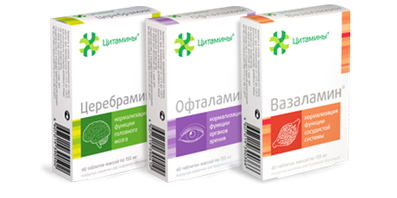Instruction for use: Antilimpholine
I want this, give me price
Dosage form: Lyophilizate for the preparation of a solution for infusions
Active substance: Immunoglobulinum antithymocytarum
ATX
L04AA04 Immunoglobulin antimitocyte (rabbit)
Pharmacological group:
Immunodepressants
The nosological classification (ICD-10)
D61.9 Aplastic anemia, unspecified: Myelophthisis anemia; Anemia hypoplastic; Partial anemia; Aplasia of the bone marrow; Aplastic anemia; Congenital hypoplastic anemia; Bone marrow hypoplasia; Hypoplastic anemia; Hematopoietic disorders; Hereditary hypoplastic anemia; Normochromic-normocytic anemia
T86.9 Dying and rejection of transplant (s) organ and tissue, unspecified: Rejection reaction; Rejection reaction during organ transplantation; Graft-versus-host response; GVHD; Transplant rejection reactions
Composition
Lyophilizate for solution for infusion 1 amp. (Fl.)
active substance: Immunoglobulin fraction of blood plasma proteins of goats or rabbits 50 mg; 100 mg
Excipients: stabilizer glycine (2.25%)
Description of dosage form
Dry porous mass from white to light pink with a yellowish tinge, hygroscopic.
Pharmachologic effect
Mode of action - Immunosuppressive.
Pharmacodynamics
Antilimfolin - goat or rabbit Ig class G (predominantly monomer), does not contain preservative and antibiotics. The drug is immunosuppressive, controlled for the absence of a surface antigen of the hepatitis B virus and antibodies to HIV-1, HIV-2 and hepatitis C viruses.
Using the mechanisms of complement-dependent Ig lysis (class G), isolated from blood plasma of goats or rabbits, cause blockade of antigen-sensitive receptors of human lymphocytes, as well as their destruction. Antimipholin contains antibodies that recognize thymocytes and peripheral blood lymphocytes that have a specific directivity against T-lymphocyte receptors involved in the mechanism of rejection. The presence of these antibodies gives Antilimfolin the functional properties inherent in monoclonal antibodies directed against various receptors present on the lymphocyte membrane.
The drug provides suppression of unwanted autoimmune and transplantation immunological reactions. Unlike chemotherapeutic drugs (cyclophosphamide and azathioprine), it does not cause total inhibition of cellular metabolism, it has a more lenient effect on lymphocytes compared with immunosuppressants of other classes.
Cytotoxic effect Antilympholin in the form of severe lymphocytopenia (up to 50% of the baseline level) is observed 1-3 hours after the administration of the drug. The maximum content of antilymphocytic antibodies in the blood of the recipient is reached in 6-8 hours from the moment of administration, lasts for 24-48 hours with subsequent gradual decrease during 3-5 days.
Pharmacokinetics
Lysed lymphocytes and lymphocyte-immunoglobulin complexes are excreted from circulation by the cells of the reticuloendothelial system. T1 / 2 Ig class G preparation Antilympholin in the bloodstream of the recipients is (5 ± 2) days.
Indication of the drug Antilimpholine
The drug is prescribed for adults and children over 12 years of age according to the following indications: in transplantology - prevention and treatment of transplant rejection reactions in patients with transplantation of allogeneic organs and tissues; In hematology - treatment of aplastic anemia.
Contraindications
Increased sensitivity of the patient to the serum proteins of animals from which the drug was obtained, detected during the first or subsequent administration of the drug;
Viral and fungal diseases, sepsis;
Planned or current pregnancy;
Lactation period;
Children under 12 years.
Side effects
In some cases, the introduction of the drug may be accompanied by chills, an increase in the patient's body temperature to 37.5-38 ° C. These phenomena are due primarily to the specific lymphocytotoxic effect of the drug and the release of pyrogens from the destroyed lymphocytes. They develop usually 1-3 h after the administration of Antilympholin and disappear after 4-5 h without requiring special therapy. Sometimes, patients on the 6th-8th day after the start of the course of intensive immunosuppressive therapy with Antilympholin may experience manifestations of serum sickness caused by the presence of a heterogeneous protein in the preparation: skin rash, malaise, headache, back pain, muscles, joints. In such cases, conventional desensitizing therapy with antiallergic drugs (10% calcium gluconate or calcium chloride solution, 1% chloropyramine solution) is recommended. If there are more severe manifestations of the syndrome of serum sickness (draining papular rashes on the skin, Quincke's edema, a drop in blood pressure), additionally, epinephrine (0.3-0.5 ml 0.1% solution w / m), GCS, and other antihistamines are additionally shown. It is possible to conduct plasmapheresis.
In cases of severe manifestations of serum sickness, the subsequent use of Antimipholin should be discontinued.
If further immunosuppressive therapy is necessary, such patients should use a drug obtained from the blood serum of other animals.
Possible reactions associated with immunosuppressive action - the risk of developing infectious diseases (it is recommended to use in combination with SCS, antibiotics or other antimicrobial agents, taking into account the patient's condition and the degree of inhibition of cellular and humoral immunity parameters).
Long-term use of Antilympholin may promote the development of severe infections.
Interaction
Simultaneous use of antilimfolin with antibiotics, GCS, cardiovascular, antihistamines, blood components and preparations does not adversely affect the patient's body. The combination of antilimfolin with cyclosporine or azathioprine in the treatment of the rejection reaction of the transplanted organ causes an increase in the immunosuppressive effect of the drug.
Dosing and Administration
IV, by drop infusion, at a speed of 20-30 drops / min. Antilimfolin dissolved in 250-450 ml of 0.9% solution of sodium chloride or 5% solution of dextrose. The solution is prepared ex tempore.
Before using the drug to determine the hypersensitivity of the recipient to plasma proteins of goats or rabbits should be introduced IV 0.1 ml of a 1% solution of the drug. To obtain 1% solution of the drug in an ampoule with 50 mg of protein, 5 ml of a 0.9% solution of sodium chloride is injected. In the absence of local and general reactions, the administration of a therapeutic dose of Antimipholin begins.
In the process of drug administration, a biological test should be performed: first 10-15 ml of solution to be injected, after which the drug should be discontinued for 15 minutes. In the absence during this period of clinical manifestations of allergic reactions (patient anxiety, redness of the face, pain in the muscles, bones, lower back, paresthesia), the drug is continued to drip.
The dose of the drug administered, as well as the frequency of its administration, are determined individually for each patient depending on the nature of the disease (organ transplantation or treatment of aplastic anemia), the sensitivity of the patient to the drug and the general condition of the patient (leukocyte count, leukocyte count, platelet count, immunogram ). Before the introduction of the drug to prevent a reaction to a heterogeneous protein, the patient is injected with 250-500 mg of methylprednisolone.
When transplanting organs and tissues for the prevention of the rejection crisis, the drug is administered daily at a dose of 10-15 mg / kg for 10-14 days after transplantation. Depending on the condition of the transplanted organ (tissue) and the patient's condition, the administration of the drug can be continued in the same doses for another 5-7 days.
To suppress the initiated rejection reaction, the drug is prescribed daily at a dose of 15-25 mg / kg for 10-14 days. If necessary, the treatment period can be extended to 21 days.
For the treatment of aplastic anemia, Antilimfolin is prescribed in a daily dose of 15-25 mg / kg for 5 days. The drug is administered IV drip for 6-8 hours. At the same time, for the prevention of serum sickness, methylprednisolone 2 mg / kg is injected intravenously intravenously in a 0.9% solution of sodium chloride for 1-5 days, followed by a switch to oral administration , A gradual dose reduction and complete cancellation by the 14th day.
The dose of the drug is individualized according to the results of laboratory blood tests. After the infusion of the drug after 1-5 hours, the number of lymphocytes decreases by 20-70% of the initial level.
The amount of the drug administered during the infusion is determined by the selected individual single dose (mg / kg), the body weight of the patient and the protein content in the ampoule (indicated on the label).
Overdose
When an overdose of the drug may develop in a patient with leukopenia. The drug is discontinued.
Special instructions
The use of antilympholin should only be performed in a hospital setting under the supervision of qualified medical personnel.
Release Form
Liofilizate for the preparation of solution for infusion. For 50, 100 mg in amp. At 10 amp. In a pack of cardboard.
Manufacturer
FGU Russian gerontological scientific and clinical center (FGU "RGNKTS Roszdrav").
The claims of consumers should be sent to the address of the manufacturer.
Conditions of supply of pharmacies
On prescription.
Storage conditions of the drug Antilimpholine
In a dry, the dark place at a temperature of 5-15 ° C. After cooking, storage is not allowed.
Keep out of the reach of children.
Shelf life of the drug Antilimpholine
2 years.
Do not use after the expiry date printed on the package.

 Cart
Cart





